Waitman T. Willey House and Historical Marker
Introduction
Text-to-speech Audio
Images
Ca. 1900-1910 photograph of the Waitman T. Willey House
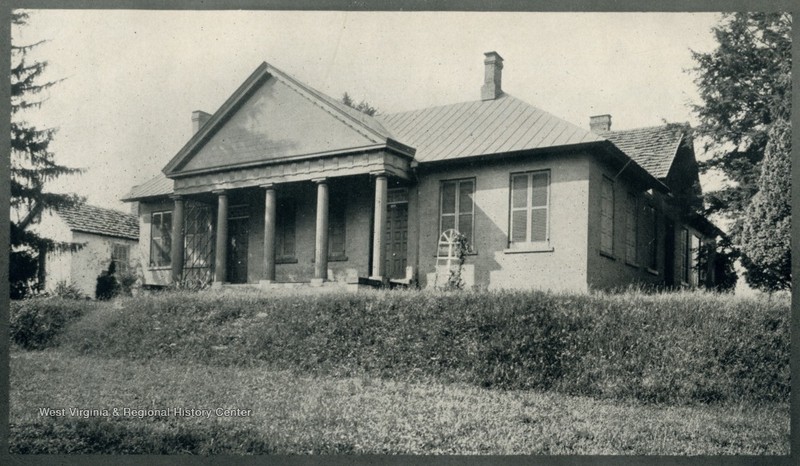
The Willey House today
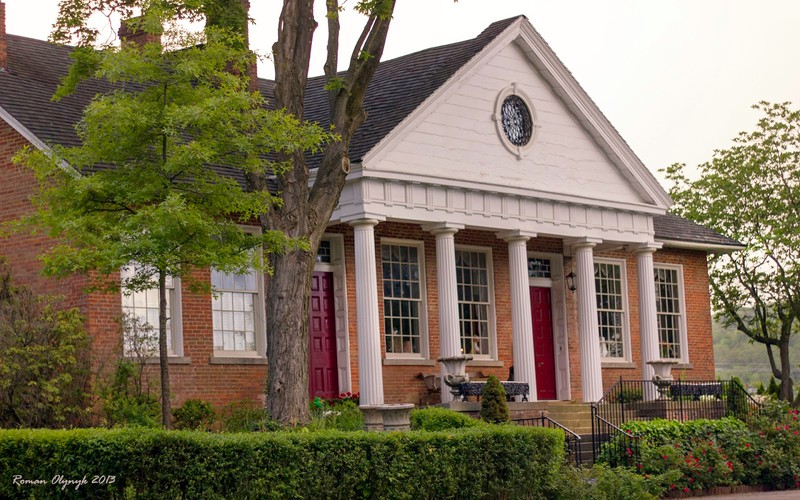
Inside the Willey house
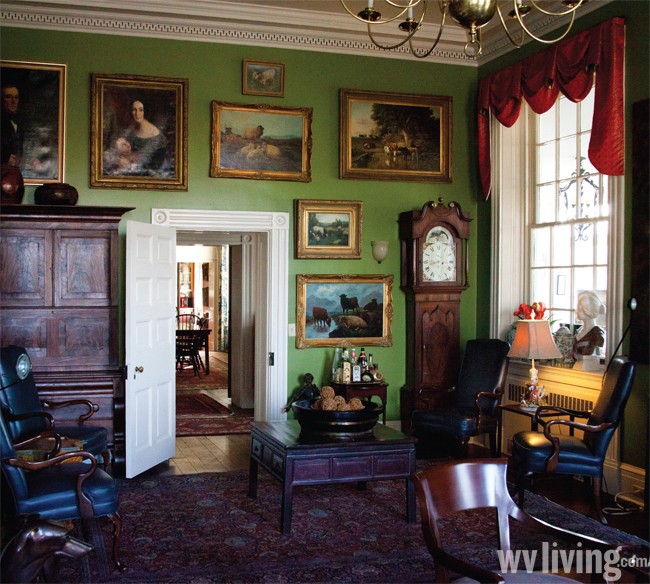
Inside the Waitman T. Willey house
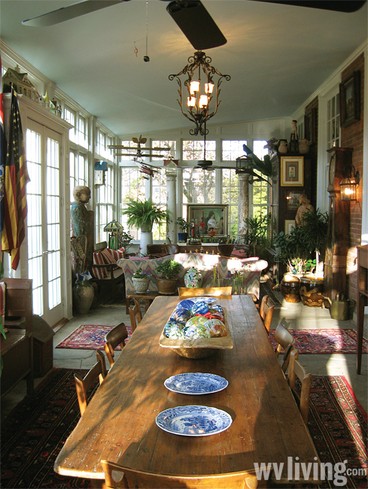
Portrait of Waitman T. Willey
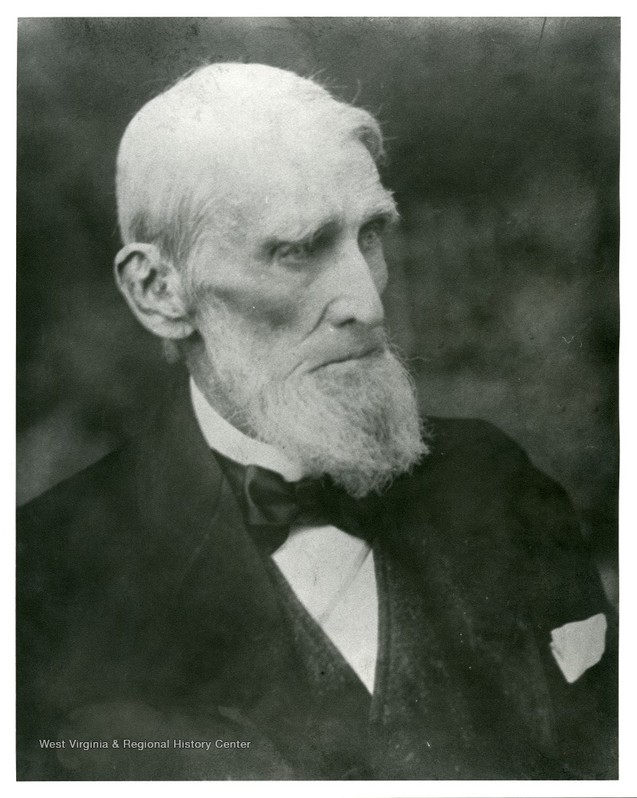
Willey House Historical Marker
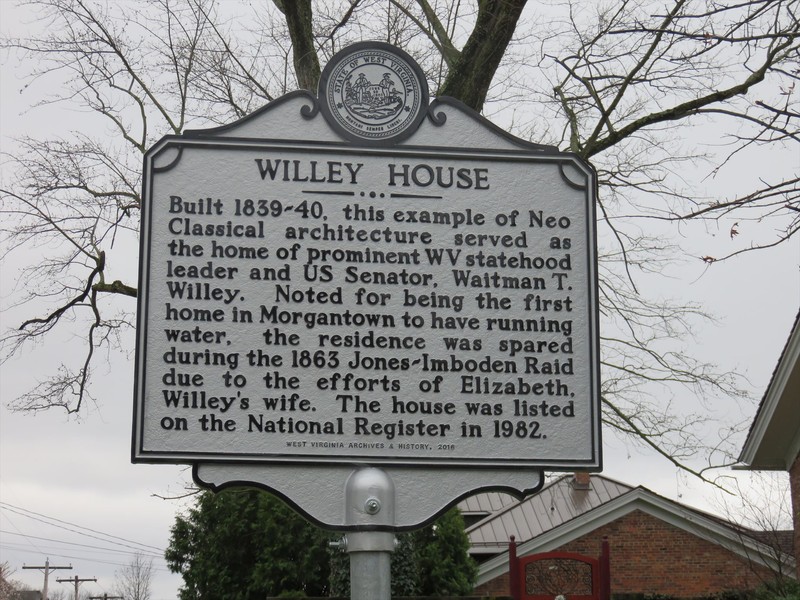
Willey Amendment Historical Marker
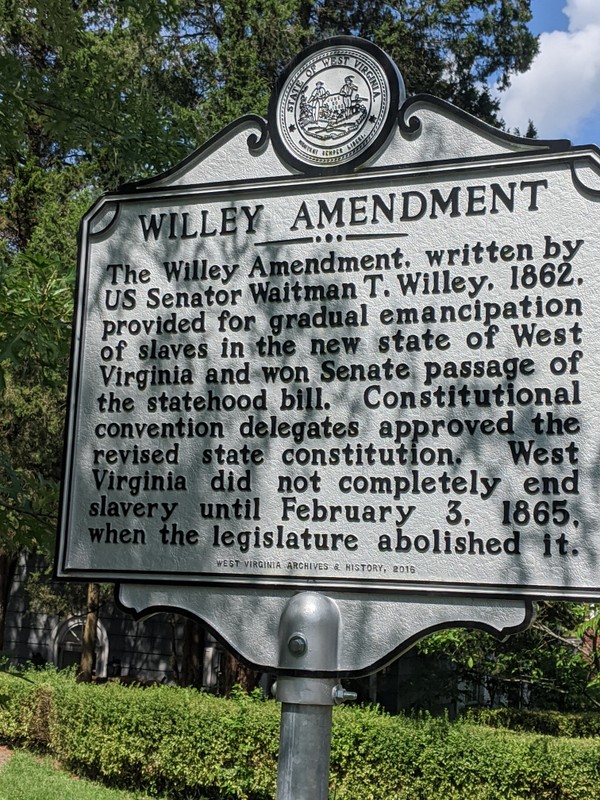
Backstory and Context
Text-to-speech Audio
Waitman T. Willey was a Monongalia County native born in 1811. He traveled to Uniontown, Pennsylvania to attend Madison College where he graduated in 1831, and then studied law at Wellsburg. Willey established his own law practice in Morgantown in 1833. With the withdrawal of Virginia from the Union, Willey stood against the Richmond government and became an activist at the First Wheeling Convention. Although he was opposed to the immediate action of forming a new state, he is known in history as the great orator of the efforts to secede from Virginia. Willey himself presented the petition to secede from Virginia to Congress on May 29, 1862.
The issue of West Virginia’s secession from Virginia and acceptance into the Union depended upon competing interests regarding the issue of slavery. Some members of congress refused to accept West Virginia as a state without a guarantee of emancipation, and President Abraham Lincoln signed the statehood bill on the condition that such a guarantee would be made. Willey, a slave-owner himself, wanted monetary compensation for all slave-owners affected by the emancipation of their slaves. However, this proved too high of a demand to make, so Willey created a different solution. He struck a compromise between Radical Republicans who demanded immediate and total emancipation and slave-owners by creating an amendment to the secession legislation known as the Willey Amendment. This amendment freed no slaves upon West Virginia’s acceptance into the Union but stipulated that all slaves under twenty-one would be freed upon reaching that age. Though later struck down by the Thirteenth Amendment, the Willey Amendment was crucial to resolving the final issue standing in the way of West Virginia’s statehood.
In part due to his role in securing West Virginia statehood, Willey was elected to serve as one of the first two U.S. Senators from West Virginia. He served from 1863 to 1871. West Virginia's 1872 Constitution, adopted at Charleston, was drawn up with the assistance of Willey. Though he frequently found himself away from Morgantown thanks to political commitments, Willey still called the town his home. In 1839, he chose this location as the site of his house because of his love for the area, and the view from the top of the hill. In his journal, when referring to his choice as to where to settle down he said, "where I now live and where I expect to die."1 The home was completed in 1842. Willey's prediction was correct, and he died in this house in 1900.
The Willey House is a neo-classically styled one and a half story building. A Doric portico creates a powerful façade for the structure. Rather uniquely, the portico feature five columns, while most neo-classical porticos have an even number of columns. The irregular number of supports is likely due to the presence of two separate entryways, one at each end of the portico. The body of the building is primarily brick construction. A small kitchen addition was added to the rear of the building in 1947, though it is largely unobtrusive.
Willey's home was threatened during the Civil War due to his political status, but the attack was deterred by his wife, Elizabeth.
"Warned of the Confederate raiding party, Willey and Morgantown banker and later Mayor John C. Wagner, hurriedly left Morgantown for Wheeling (Wagner reportedly took the bank's money to Wheeling for safety.) Horses and cattle were hidden in the woods near the Willey house, and hams were buried in the backyard. When a Confederate officer appeared at the Willey's front door to demand the surrender of Mr. Willey, Mrs. Willey is reputed to have replied: ‘Mr. Willey is not here, and he won't be as long as you are around. So you rebels can just act like gentlemen and turn around and head for home.’ The officer was deeply affronted and replied to his men: ‘The fox has slipped away, or so the lady says. We'll search the place and burn it and then ride back to Fairmont.’ Mrs. Willey immediately interjected: ‘There's no need to burn our home, and your men look too tired to build a fire. So do you for that matter. It looks like you and your men could stand a fine, hot meal and rest. Not to speak of some soap and water. We've got running water in this house. What do you say? We'll make you a meal, me and the girls and the slaves, and let you rest a bit. And you can do the same for your horses without having to look all day for the grain.’1
The Confederates dined with Mrs. Willey, and the house ultimately avoided being destroyed.
The Willey house still stands today thanks to the current owner, Fred Schuapps, and the efforts of the Mills Group for the City of Morgantown. The Mills group originally wanted to purchase the home and turn it into a museum, but the house required too many renovations. Fred Schuapps bought the house and asked the Mills Group to help him renovate it historically. The Mills Group and Schuapps were successfully awarded a historic preservation grant and were able to start renovations. This home still stands in excellent condition and has undergone only small modifications that have not affected the overall historic appearance of the home. A double-sided historical marker stands near the Willey House. One side commemorates the Willey Amendment while the other discusses the house itself.
Sources
Ambler, C H. The Makers of West Virginia. West Virginia History, vol. 2, no. 4267 - 278. Published July 1st 1941.
Bailey, Kenneth R. Willey Amendment, The West Virginia Encyclopedia. November 24th 2015. Accessed September 1st 2020. https://www.wvencyclopedia.org/articles/1267.
Collins, Rodney S. Waitman T. Willey House, National Register of Historic Places. December 22nd 1980. Accessed September 1st 2020. https://npgallery.nps.gov/NRHP/GetAsset/fda9bf5f-e2d6-415d-ab5a-ddf21922d8e9.
Fredette, Allison. Waitman T. Willey (1811-1900), Encyclopedia Virginia. June 20th 2014. Accessed September 1st 2020. https://www.encyclopediavirginia.org/willey_waitman_t_1811-1900#start_entry.
Grimm, Jeanne. Waitman Willey, The West Virginia Encyclopedia. December 9th 2015. Accessed September 1st 2020. https://www.wvencyclopedia.org/articles/1270.
"Chancery Hill Addition," A&M 0328, Pamphlets Regarding Morgantown, West Virginia, West Virginia and Regional History Center, West Virginia University Libraries. https://archives.lib.wvu.edu/repositories/2/resources/2547.
WV Living Magazine
WV Living Magazine
West Virginia & Regional History Center
